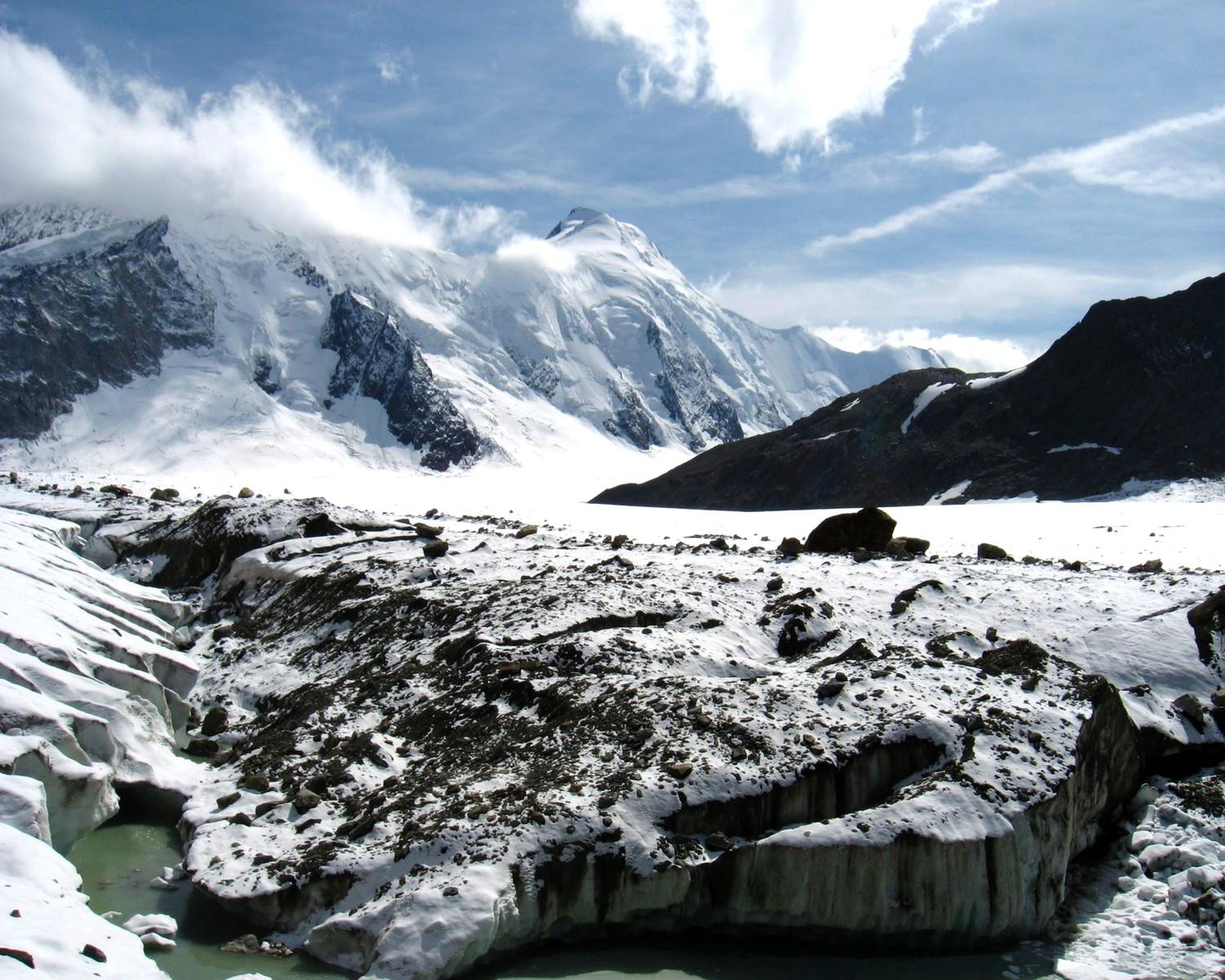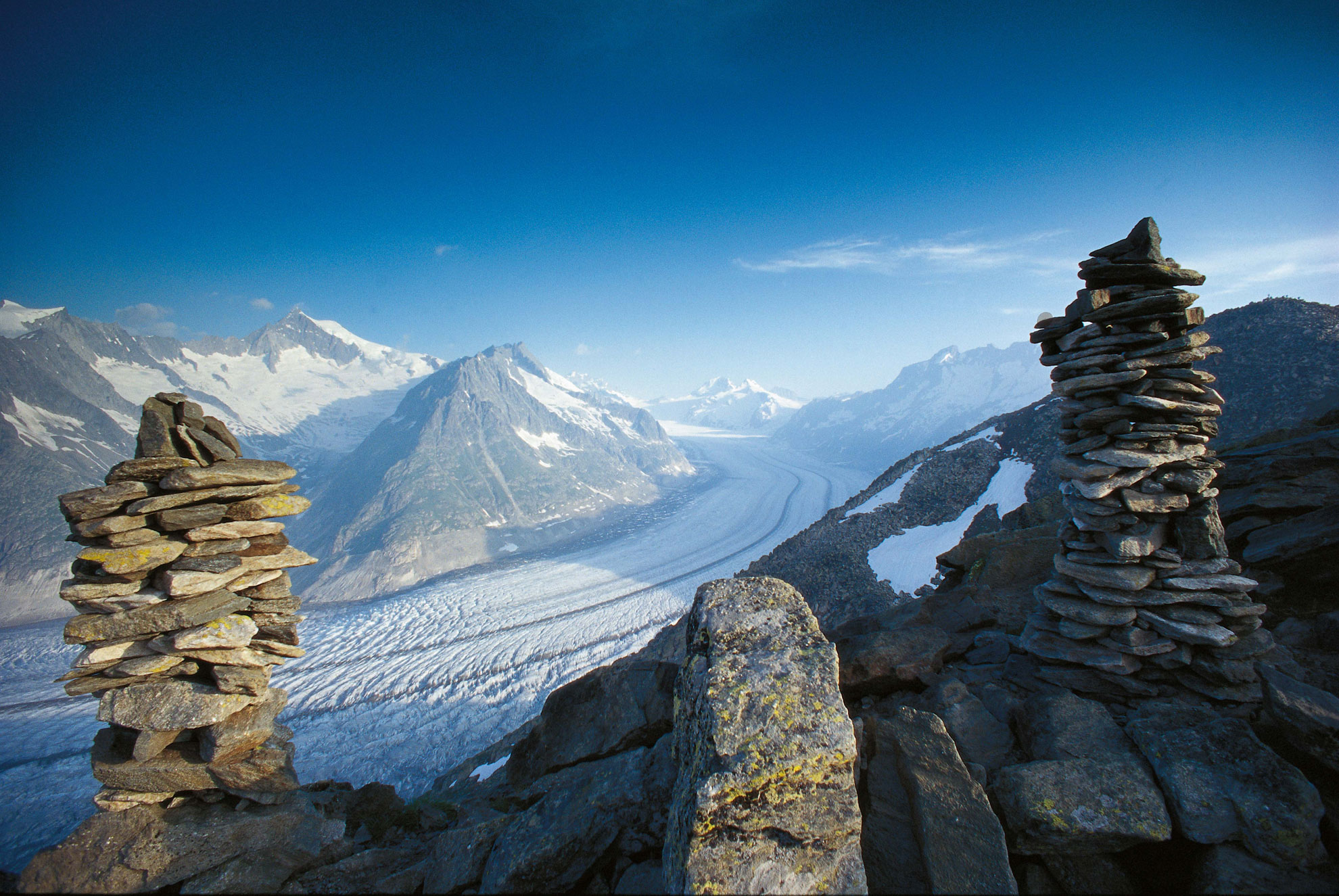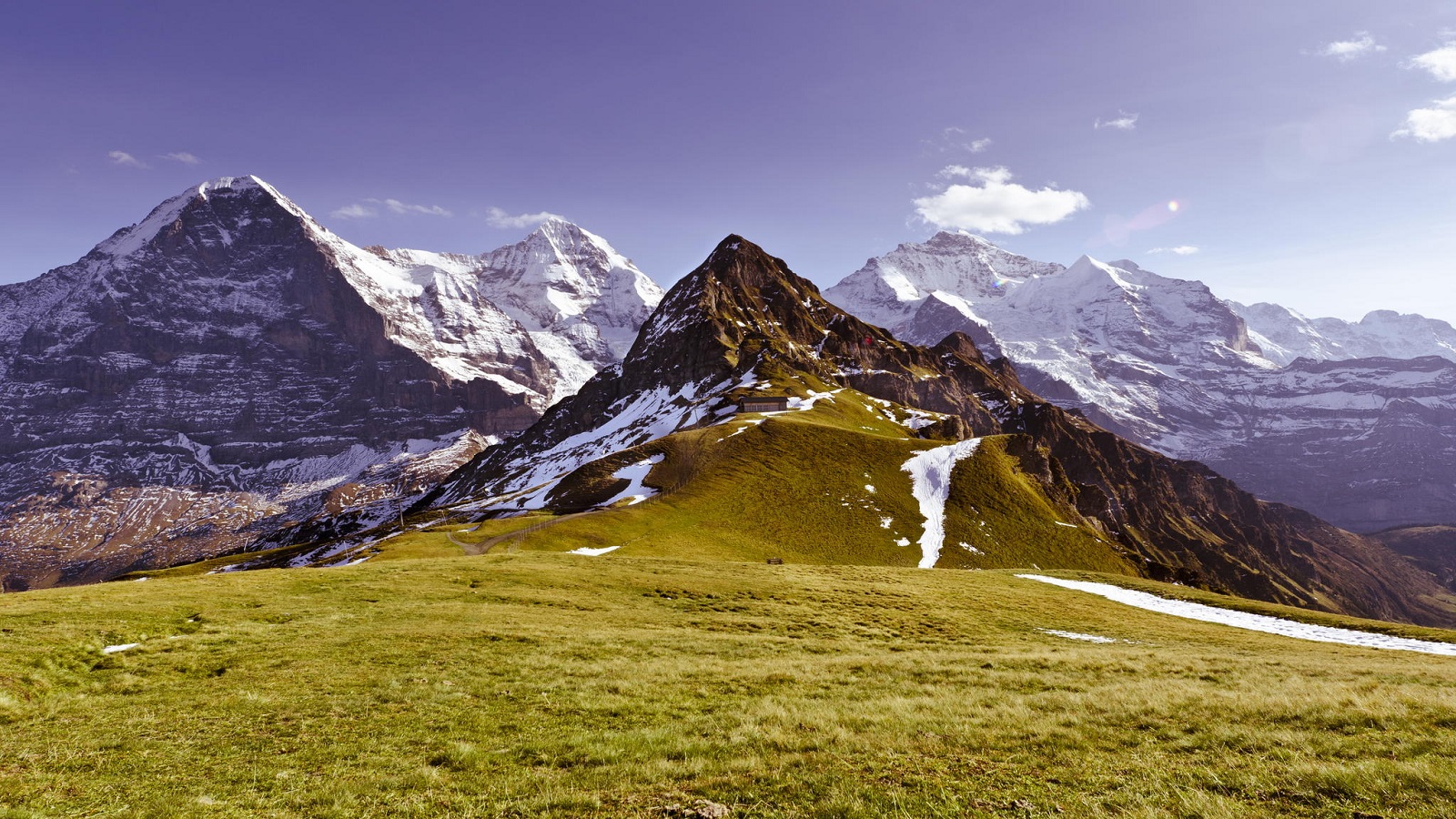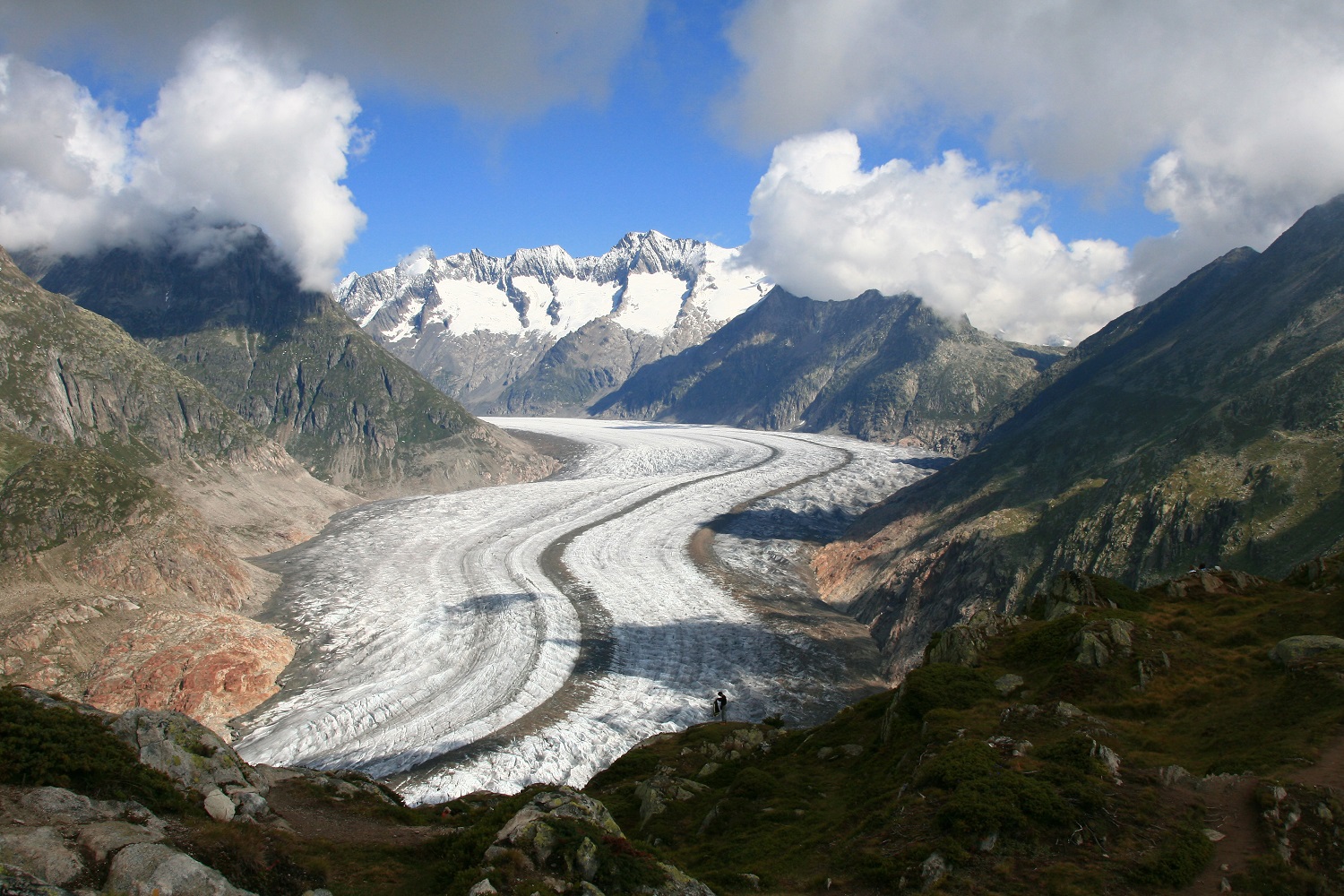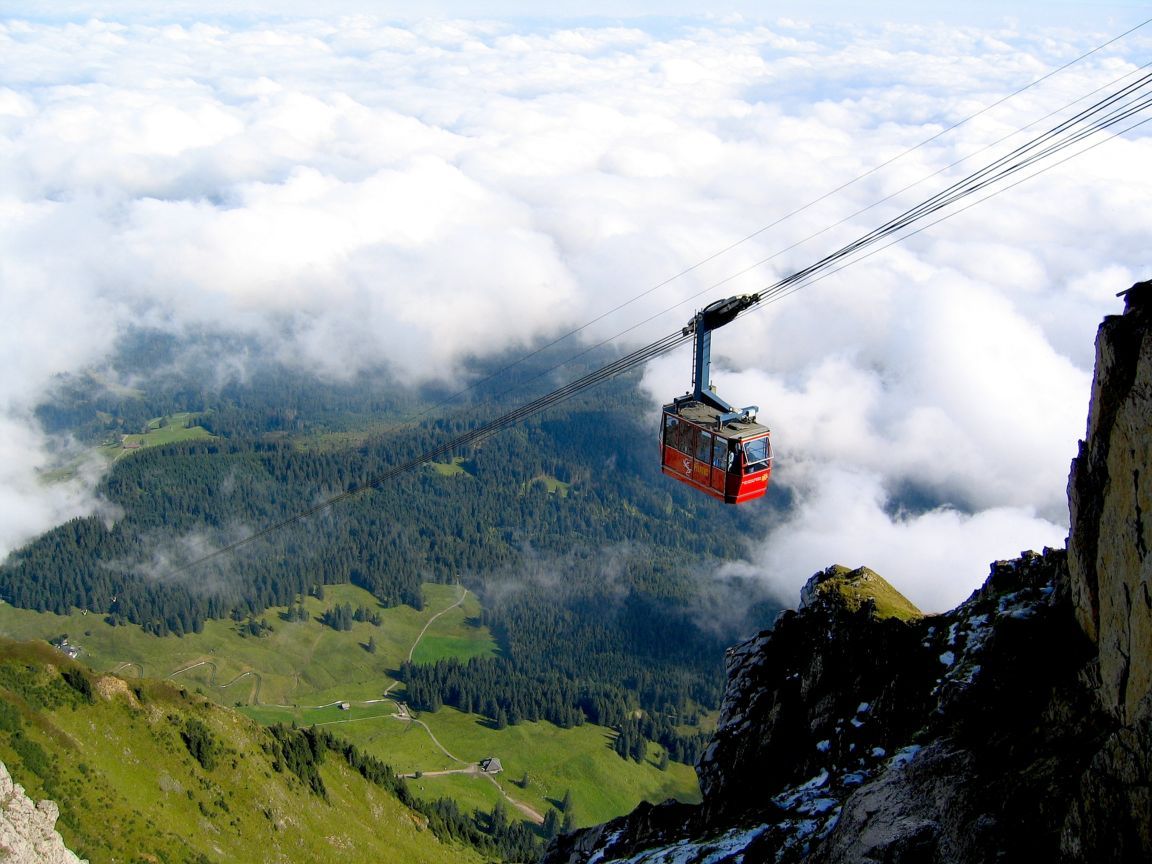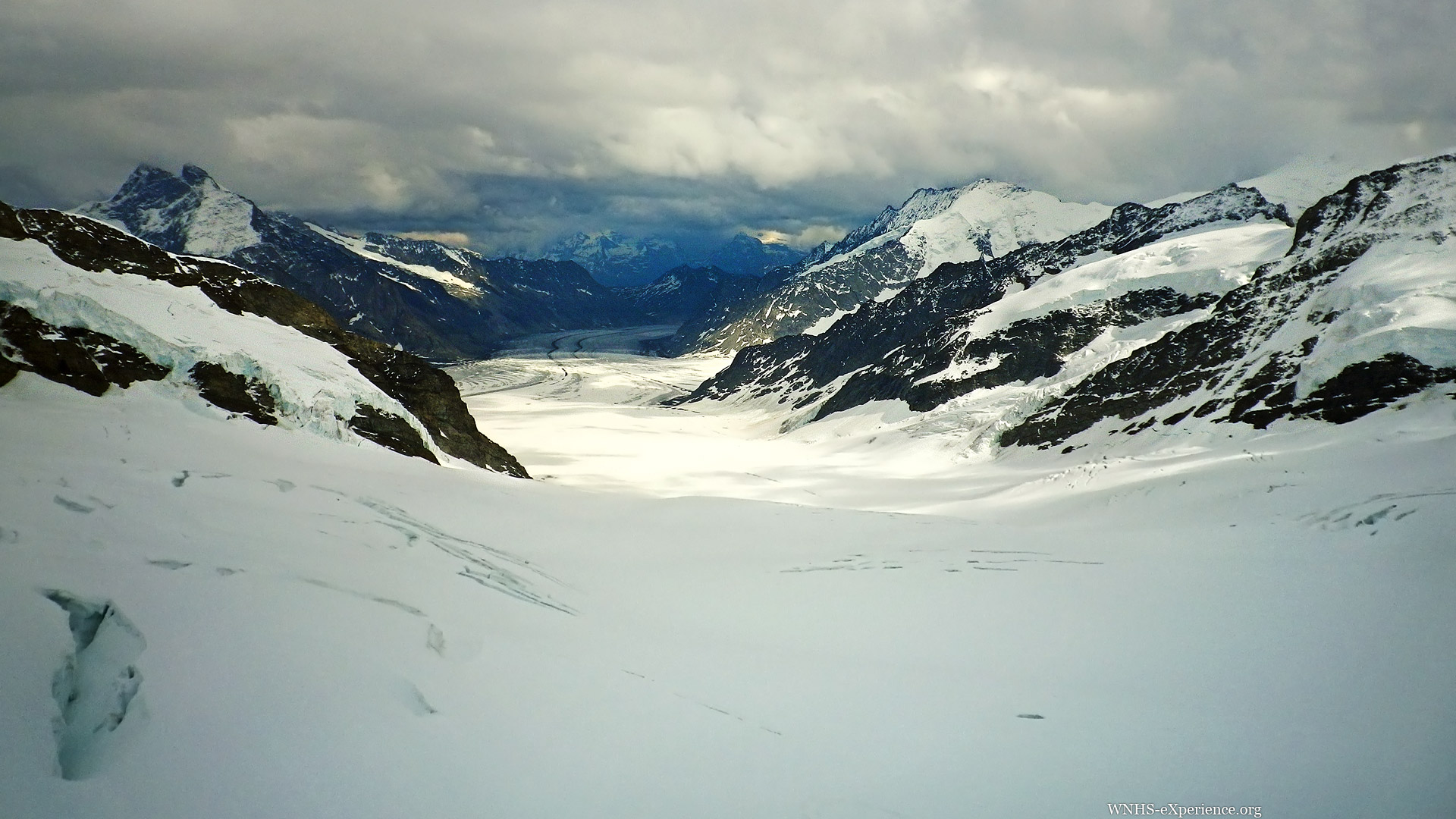The extension of the natural World Heritage property of Jungfrau - Aletsch - Bietschhorn (first inscribed in 2001), expands the site to the east and west, bringing its surface area up to 82,400 ha., up from 53,900. The site provides an outstanding example of the formation of the High Alps, including the most glaciated part of the mountain range and the largest glacier in Eurasia. It features a wide diversity of ecosystems, including successional stages due particularly to the retreat of glaciers resulting from climate change. The site is of outstanding universal value both for its beauty and for the wealth of information it contains about the formation of mountains and glaciers, as well as ongoing climate change. It is also invaluable in terms of the ecological and biological processes it illustrates, notably through plan succession. Its impressive landscape has played an important role in European art, literature, mountaineering and alpine tourism.
The Jungfrau-Aletsch-Bietschhorn region is located in the south central Swiss Alps midway between the cities of Brig and Interlaken, 77% in Valais and 23% in Bern. Nine peaks in the site are higher than 4,000 m. The geology of the site derives from the 'Helvetic nappe' (a large body of rock that was thrust over younger rock in Europe during the Miocene epoch). The folding and over-thrusting of rock layers during the formation of the Alps have produced very complex rock formations that have since been exposed by glacial activity. The physiography of the area is characterized by steep north-facing slopes and relatively gentle southern ones. Classic examples of glacial phenomena occur in the site, such as U-shaped valleys, valley glaciers, cirques, horn peaks and moraines.
Vegetation and fauna are representative of the Alps and vary by slope, aspect and elevation. There is a marked difference in vegetation between the northern and southern slopes. On the north side, forests at lower elevations consist of broadleaved species such as beech, ash, alder, elm and birch. The south side is too dry for beech, which is replaced by Scots pine. On the northern side, the subalpine zone is dominated by Norway spruce with mountain ash, silver birch and stone pine and, on the southern side, by more continental species such as European larch on young soils. Above the timberline are extensive areas of rhododendron scrub, alpine grassland and tundra vegetation and, on the xeric southern slopes, steppe grassland.
Fauna in the region is typical of the Alps, with a wide variety of species including ibex, lynx, red deer, roe deer, chamois and marmot as well as several reptiles and amphibians. A representative range of alpine birds also occurs, including golden eagle, kestrel, chough, ptarmigan, black grouse, snow finch, wallcreeper, lammergeier, pygmy owl and various woodpecker species.




